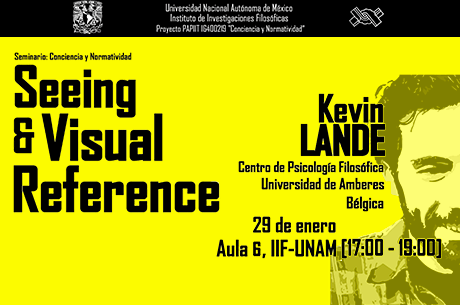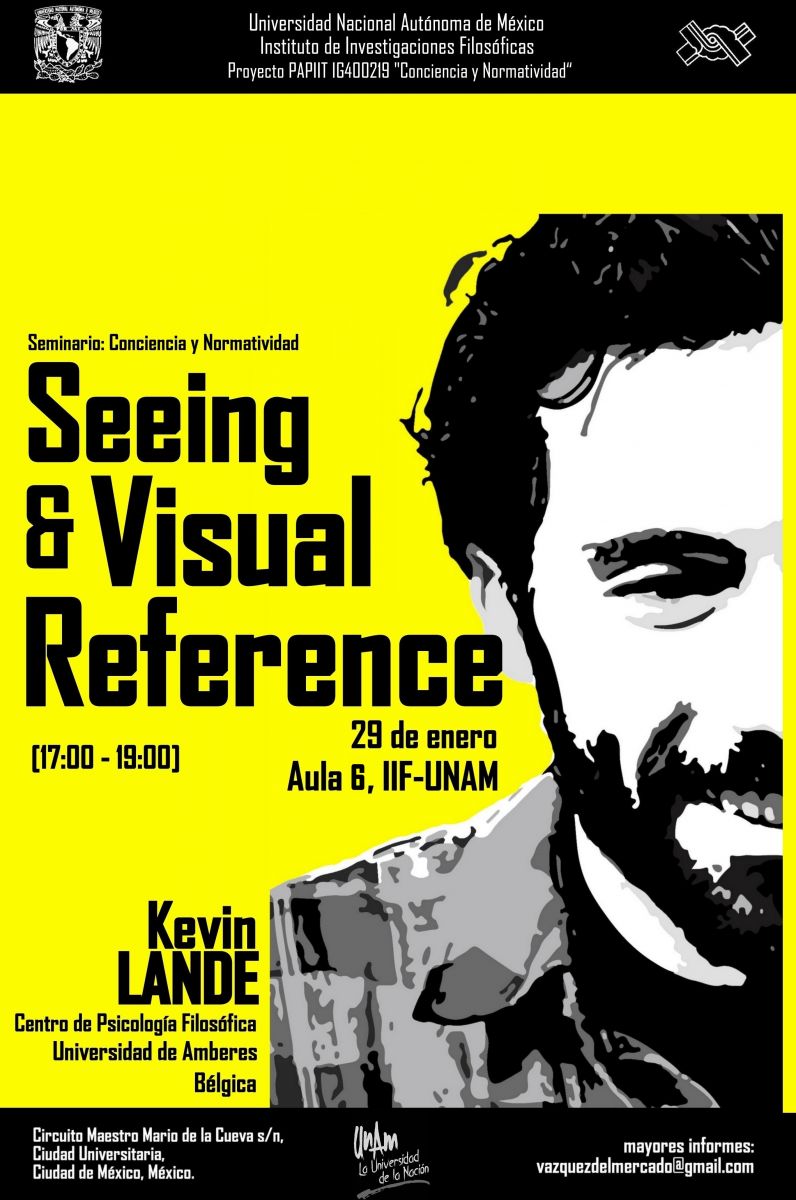Seeing and Visual Reference
 |
|
|
|
A prevailing view holds that the capacity to see something is a representational capacity and that successfully seeing something corresponds to a special kind of success in perceptually representing that thing. A natural way to develop this view is to suppose that seeing something corresponds to visually referring to it. I argue that visual reference is not sufficient for seeing. One can succeed in visually referring to things that one cannot see. For example, humans and other animals have the capacity to visually refer to, and accurately represent, hidden fragments of partially occluded objects. Visual reference to hidden frag- ments can be secured on the basis of visual reference to appropriately related visible fragments. Seeing corresponds only to a subclass of cases of visual refer- ence. I consider what this means for the semantic, metaphysical, and epistemic relationship between seeing and visual reference.
|
 |
Aviso de privacidad



 Circuito Maestro Mario de la Cueva s/n, Ciudad Universitaria, C.P. 04510, Coyoacán México, CDMX
Circuito Maestro Mario de la Cueva s/n, Ciudad Universitaria, C.P. 04510, Coyoacán México, CDMX